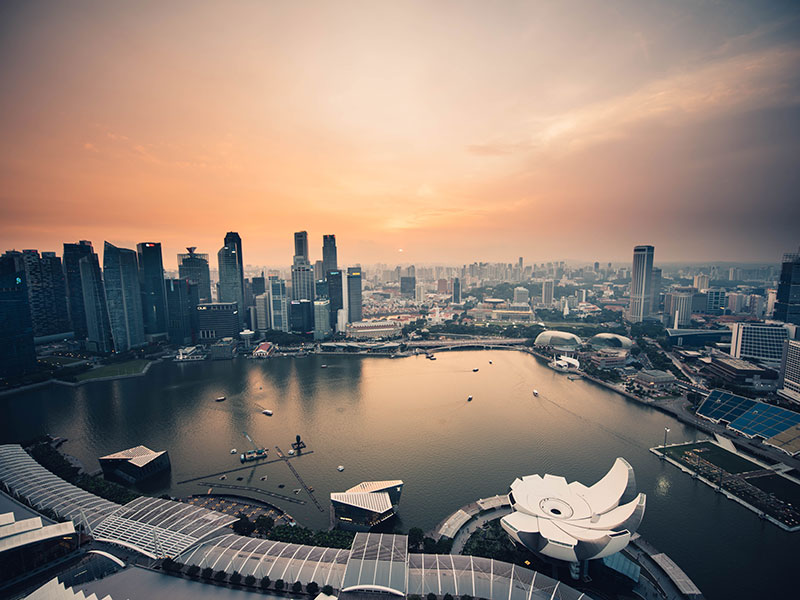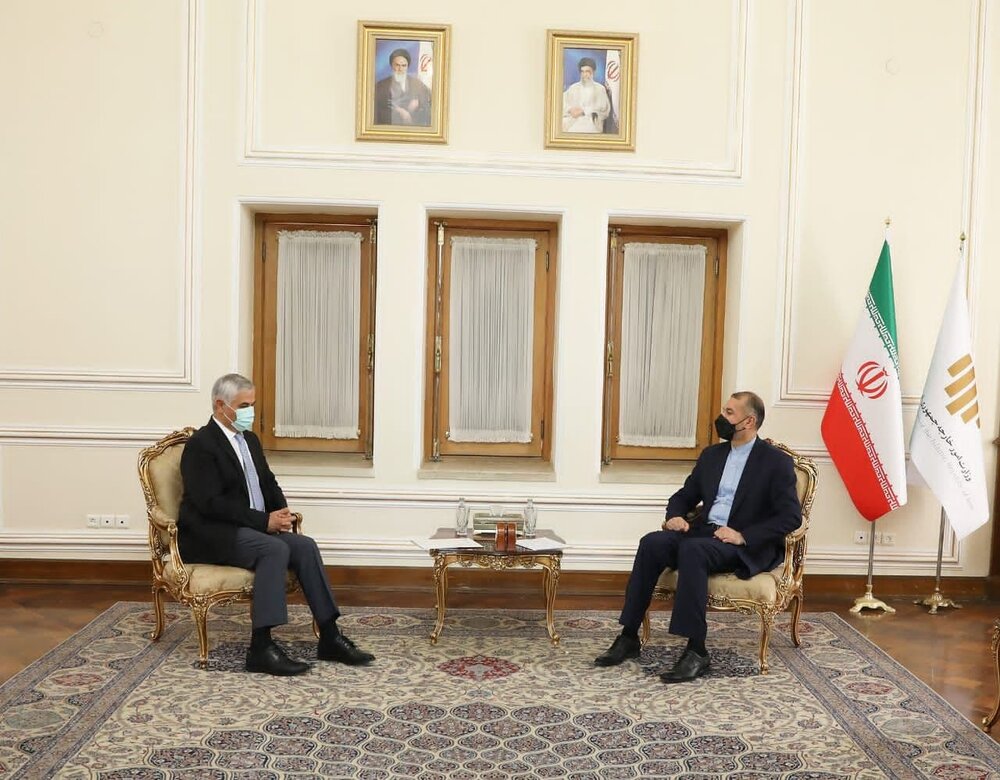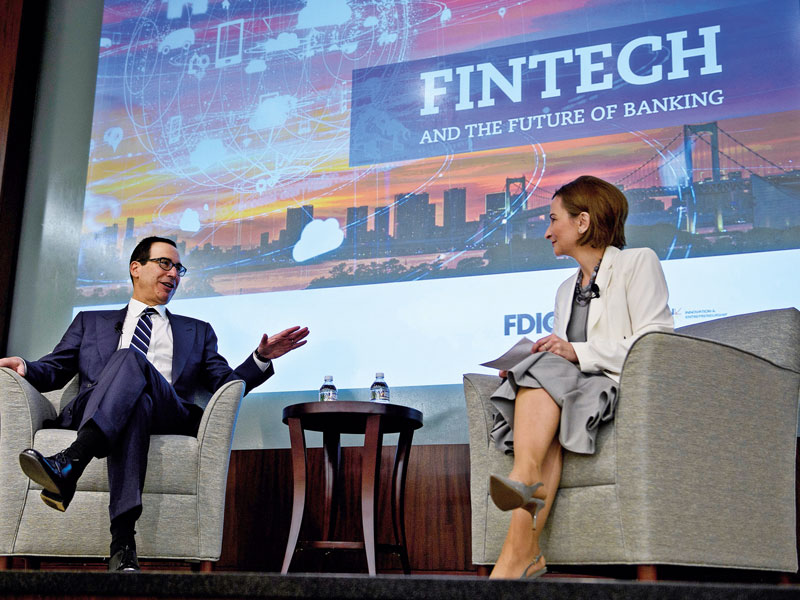
On the trends shaping the Kingdom’s real estate market
Which factors are driving the growth of the real estate sector in Saudi Arabia, especially in relation to the economic diversification efforts outlined in Vision 2030?
DAVID GROVER: The market in Saudi Arabia has experienced a significant transformation in recent years. Giga-projects have been instrumental in driving investment across various sectors, and the real estate sector is poised for substantial growth in the medium term. As a result, international and regional investors have shown a keen interest in this market, fostering increased competition and raising industry standards.
The ongoing economic diversification efforts aligned with Vision 2030 have played a pivotal role in fuelling the expansion of the real estate sector. For instance, as Saudi Arabia invests in the development of its tourism industry, there is growing demand for infrastructure such as hotels, retail spaces and entertainment venues. The country boasts several alluring destinations, including Al Ula, which shares cultural heritage with Jordan’s Petra but has remained relatively untouched. Similarly, the Red Sea coast offers attractive beaches without the crowds found at renowned tourist destinations. However, to fully establish a thriving tourism industry, it is essential to develop the necessary real estate infrastructure to cater to the needs of visitors.
To what extent are demographic trends and changing preferences influencing the design of new communities in Saudi Arabia?
GROVER: About 63% of the Kingdom’s population is under 30 years of age, so younger generations make up a significant segment of new homebuyers. Younger generations have different preferences and priorities when it comes to the homes and communities they want to live in. For example, young people are concerned about environmental issues and sustainability, and they want homes and communities that prioritise eco-friendly features and practices.
Many young people value open spaces and green areas where they can connect with nature, exercise and socialise. Walkable neighbourhoods with access to public transportation are highly desirable for those who want to reduce their reliance on cars and minimise their carbon footprint. The presence of trees and shaded green spaces not only mitigates high temperatures, but also enhances the overall quality of life in a neighbourhood, all while reducing the demand for energy.
At the same time, younger homebuyers are usually tech-savvy, and expect homes and communities to be equipped with modern technology. This includes high-speed internet access, smart home features and electric vehicle charging stations. Young adults often prefer homes and communities that are designed for practicality and efficiency, with well-designed storage spaces, efficient layouts, and easy access to essential services like grocery stores, health care facilities and schools.
The Covid-19 pandemic influenced the aspects considered essential within a home or neighbourhood, particularly in light of the mobility restrictions experienced during that period. Notably, we have observed the emergence of inclusive communities that foster opportunities for neighbours to forge connections with one another.
What other sustainability measures and innovations are being adopted within the industry in Saudi Arabia?
GROVER: Vision 2030 places sustainability at the forefront of the country’s economic development objectives. While the younger generation possesses a heightened awareness of the challenges posed by climate change, regulatory and policy initiatives have expedited the private sector’s adoption of sustainable practices.
The production of building materials in the real estate and construction sector is having a notable impact on climate change. Developers are taking proactive measures, opting for more sustainable materials and embracing innovative community design concepts to mitigate their environmental footprint. For instance, the incorporation of smart technologies is enhancing energy and water efficiency, whereas the integration of solar panels ensures that a substantial portion of energy is generated from renewable sources.
Saudi Arabia stands at the forefront of sustainable community development, largely due to substantial investment in the country’s giga-projects, which has attracted a pool of innovative global talent. People are coming together to tackle the challenges posed by climate change, and Saudi Arabia is playing a vital role in this process.
Source:
https://oxfordbusinessgroup.com































